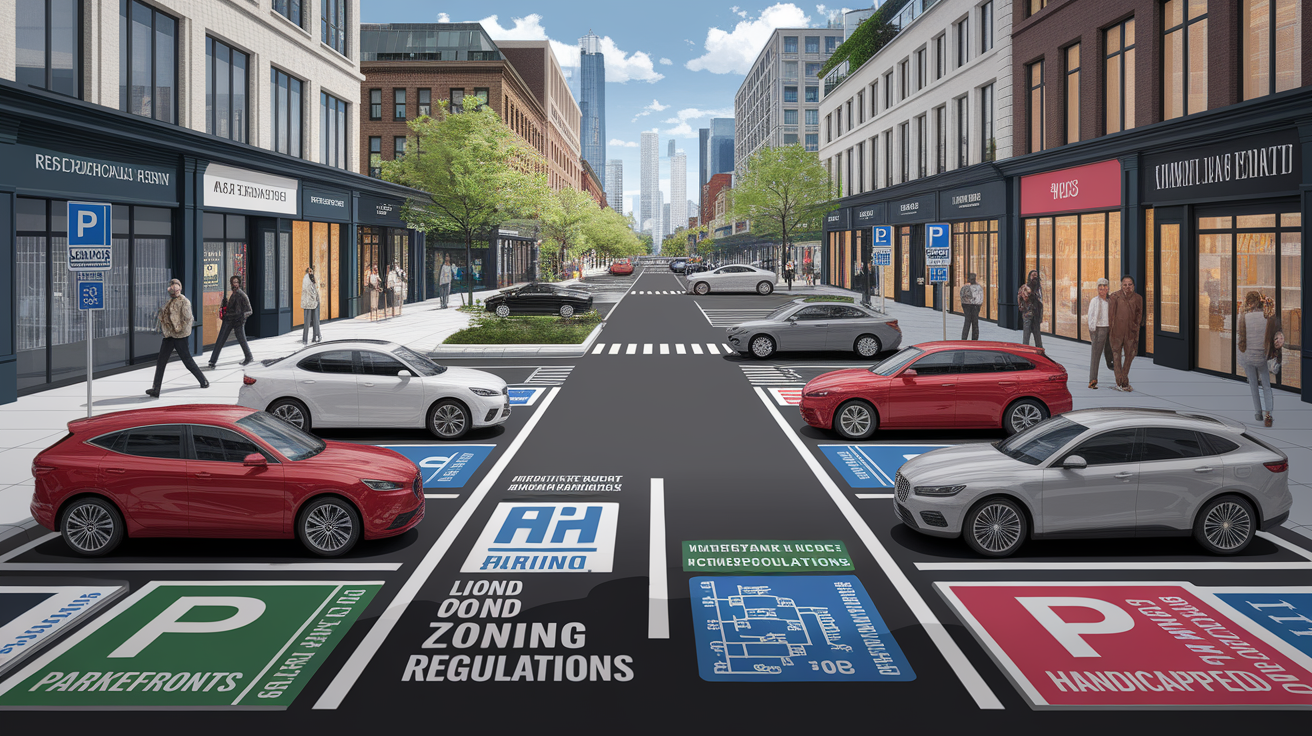Understanding Local Parking and Zoning Regulations
Parking and zoning laws may feel like a maze where every turn reveals another unexpected rule. Yet, these regulations form the backbone of orderly community growth, helping balance residential comfort, commercial vitality, and public infrastructure needs.

At their core, zoning ordinances dictate how land can be used and set rules for parking requirements. Whether you own a multifamily residential property or a bustling commercial lot, you must comply with minimum and maximum parking space mandates, location restrictions, and design standards. In New York City, for example, off-street parking requirements vary greatly by zoning district and density levels. You can explore these differences in detail through the NYC Zoning Resolution Chapter 6 which breaks down accessory parking rules and loading requirements.
Think of zoning districts like distinct ecosystems—residential zones may prioritize green space and quieter streets, while commercial areas encourage higher density and vehicular access. Tools such as the interactive NYC zoning map can help you identify the regulations tied to your specific property.
Assessing Your Property’s Compliance Status
Compliance begins with clarity. Many property owners feel uncertainty—like standing at the bottom of a mountain without climbing gear—when reviewing their zoning status. The solution starts with acquiring reliable information.

Begin by confirming your zoning district and current parking requirements. These may include:
- Parking minimums (the fewest spaces you must provide)
- Parking maximums (limits to prevent excessive space development)
- Restrictions on curb cuts, driveway widths, or surfacing materials
- Screening rules to preserve community aesthetics
Consult municipal codes and zoning ordinance documents. For NYC properties, the summary of parking provisions outlines percentages based on unit counts and facility types. This information is vital before making structural or layout changes.
Applying for Permits and Variances
What if your intended parking layout doesn’t align with existing mandates? That’s where permits, variances, and special use applications come into play.

A variance allows a property owner to deviate from zoning restrictions for a specific reason, such as site hardship or unique land shape. A special use permit is for uses allowed in your district but requiring extra oversight to address neighborhood impacts.
- Review zoning board requirements in your municipality.
- Prepare professional documentation showing why compliance is not feasible under existing rules.
- Submit your application along with site plans and impact studies.
- Attend public hearings where neighbors and officials can comment.
A detailed explanation of these processes is available in NYC zoning laws guide, which outlines both area and use variances, along with rezoning steps.
Implementing Legal Parking Solutions
Once approvals are in place, it’s time to design or adjust your parking facilities within legal boundaries. This step requires balancing practical usability with regulatory compliance.
Consider integrating solutions such as:
- Optimizing parking lot design for ADA accessibility requirements
- Reducing environmental impact through permeable surfacing
- Using buffer zones to shield residential neighbors from noise or light
- Adjusting parking ratios to meet both peak demand and zoning limits
If you operate a parking lot or garage, remember licensing rules apply. The NYC Administrative Code Subchapter 17 requires posting rates, maintaining insurance, and complying with zoning requirements before business begins.
Benefits of Proactive Parking and Zoning Management
Why stay ahead of parking and zoning compliance? Because prevention is often far cheaper than remediation.
Proactive management yields tangible benefits:
- Reduces the risk of costly zoning violations and penalties
- Speeds up permit approvals for future property development
- Enhances tenant and customer satisfaction through adequate, safe parking
- Strengthens your position in property rights disputes or zoning appeals
According to municipal enforcement data, zoning violations can lead to fines ranging from hundreds to thousands of dollars per infraction—money better spent on improving your property. By maintaining compliance, you safeguard both your investment and your community standing.
Staying informed, acting early, and applying for necessary permits when changes arise allow you to navigate the legal landscape with confidence, transforming that daunting mountain climb into a smooth, well-marked path.







